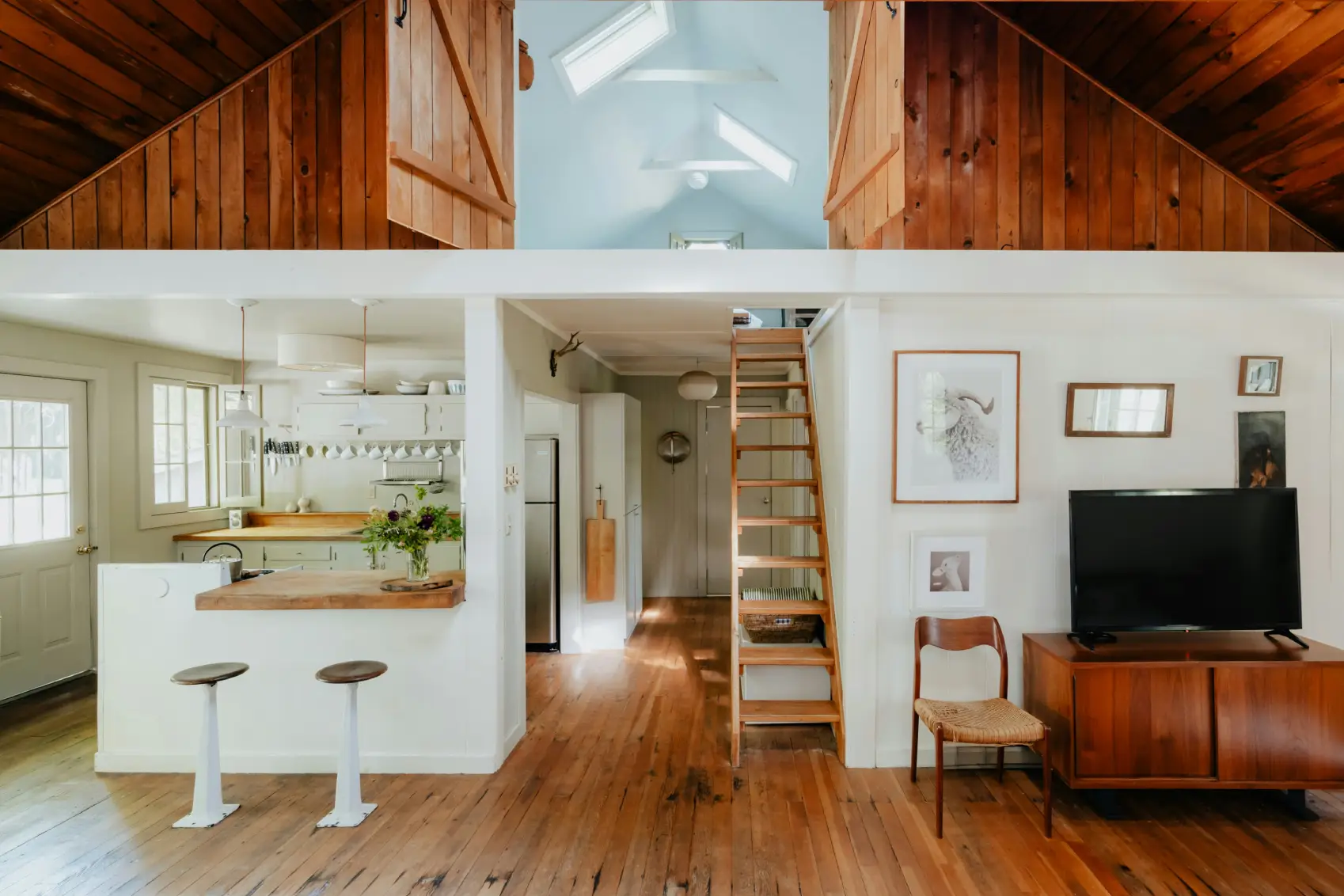
Are you torn between choosing a dormer or a mansard loft? Let’s break it down simply. A dormer loft adds vertical space with windows that protrude from the roof, perfect for that extra headroom and light. Mansard lofts, with their steep slopes, maximize your living area, transforming your home with a stylish, urban feel.
Understanding these differences can help you make a well-informed decision. So keep reading to know everything from mansard vs dormer loft conversion cost to how the two are built.
What is a Mansard Loft?
A mansard loft reshapes the entire roof at a steep angle to give you a flat roof on top and almost upright walls on the sides. This style can maximize the available floor area so city-based properties choose a mansard loft conversion because it offers a spacious feel that can resemble a full additional floor. You still need planning permission since the design often alters the roof’s structure in a noticeable way.
You must think about how you want to use this extra living area. Some people turn it into a roomy bedroom, while others prefer a modern home office that overlooks the street. You may also see French-style windows at the front to bring in more light. Many property owners believe that this setup fits well in urban neighborhoods where homes sit close together.
What is a Dormer Loft?
A dormer loft adds a box-shaped extension to your roof—this extension juts out vertically, which creates more headroom and functional space inside. You keep most of your roof’s original slope, but you get a simpler build compared to a mansard. You also benefit from large windows that bring in extra light. If you want to keep your home’s classic roofline mostly intact, this dormer loft conversion works well.
Notably, this loft style better suits semi-detached or terraced houses where the design blends with the existing roof. You can turn a dormer loft into a small bedroom, a reading nook, or a hobby area. The construction might require less structural change, so families choose this when they want a quick upgrade. Dormers also help you maintain a balanced look from the street.
Mansard Vs Dormer Loft Conversion Cost UK
In the UK, a mansard design tends to be more involved as the builders reshape the entire roof at a steep pitch, so you pay for added labor, structural work, and often more materials. A basic mansard loft might start around £20,000, but the total can climb above £50,000 when you add extras like en-suite bathrooms or custom fittings. High-end renovations also involve skilled workers in certain regions, which can push the figure higher.
A dormer setup often starts at a lower price point. You might pay around £10,000 to £15,000 for a standard structure, depending on your location and the complexity of the build. Some homeowners stretch their budget if they want upgraded windows, premium insulation, or an elaborate interior finish. Others stick to a simpler plan to keep costs under control. If you decide to work with builders West London, for example, you may find that local rates vary based on demand and specific site conditions.
Dormer Vs Mansard Loft Conversion Quick Comparison
Now that we know what these two types of loft conversions London are, here’s a quick look at their key differences:
| Feature | Dormer | Mansard |
| Shape | Small roof extension | Dual-pitched roof |
| Height | Minimal added height | Extra upper-story space |
| Complexity | Simpler build | More intricate design |
| Cost | Around £10,000–£15,000 | Around £20,000–£40,000 |
| Window Placement | Individual window bump | Multiple dormers on slopes |
| Style | Classic accent | French-inspired flair |
Mansard of Loft? The Choice is Yours
By now, we know that mansards deliver substantial additional space and can dramatically alter your home’s silhouette, often favored in cities. They require a bigger budget due to complex roof alterations.
In contrast, dormers are more cost-effective and offer enhanced vertical space, which makes them versatile for various homes. Both styles increase your home’s functionality and property value, but your choice should align with your aesthetic desires, space requirements, and budget.




